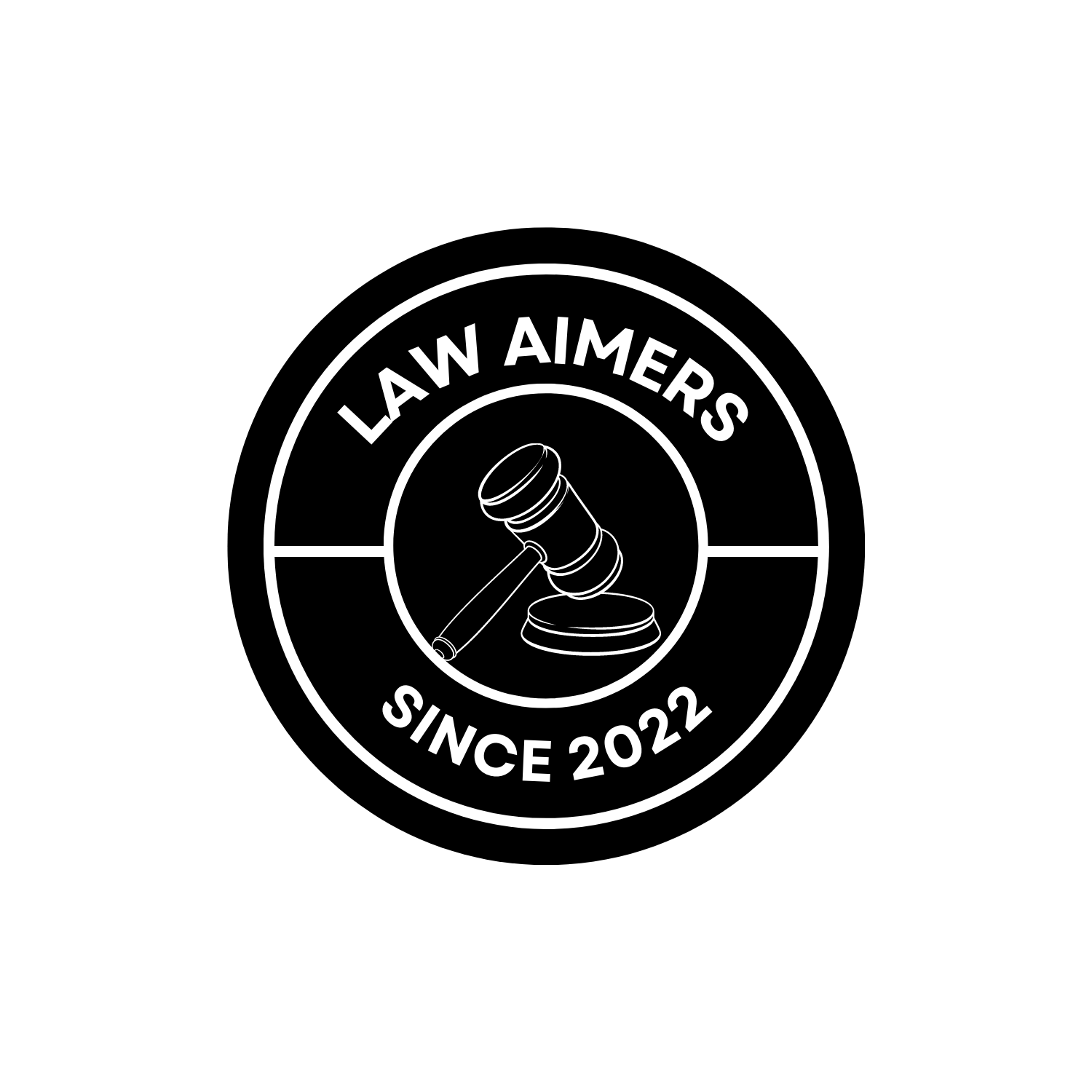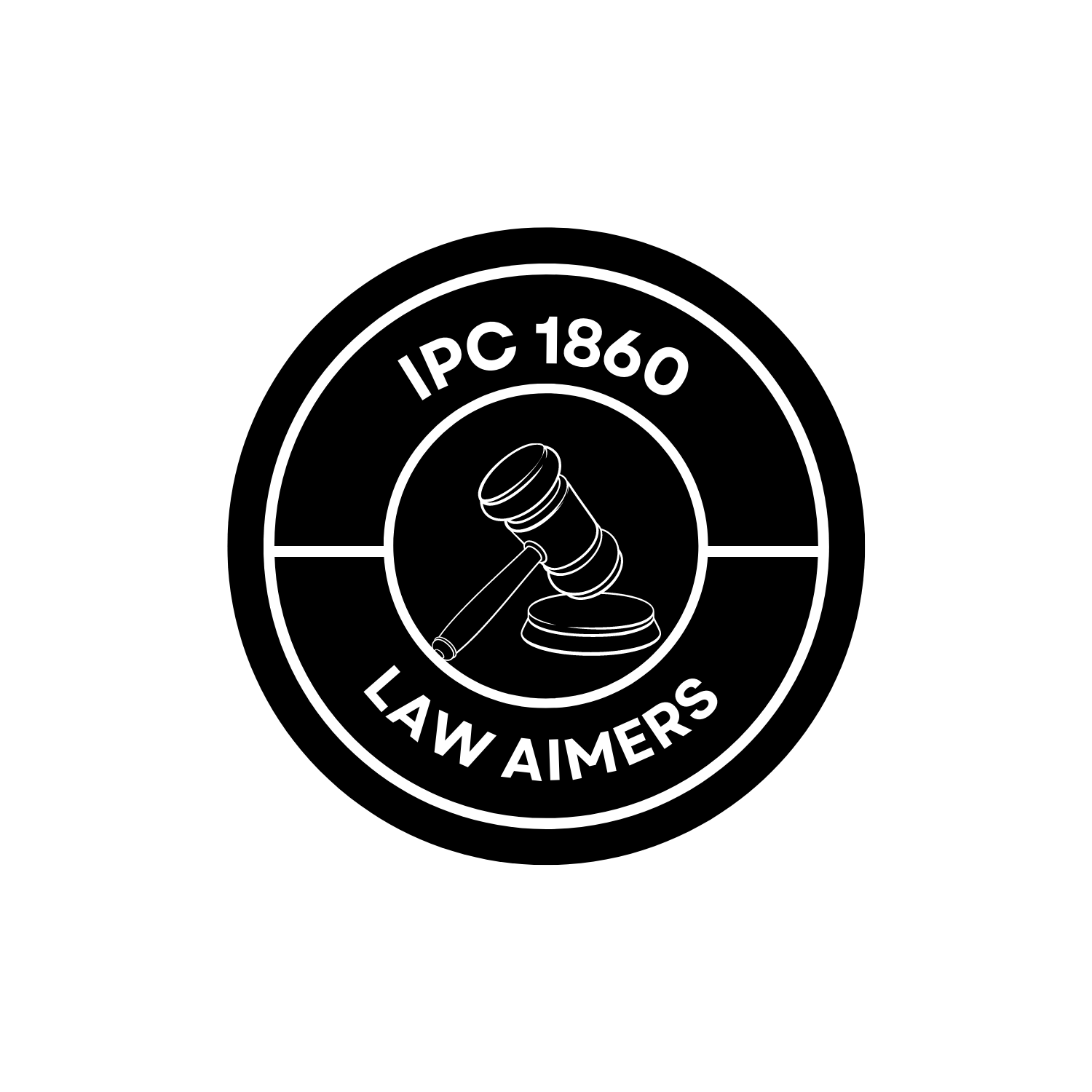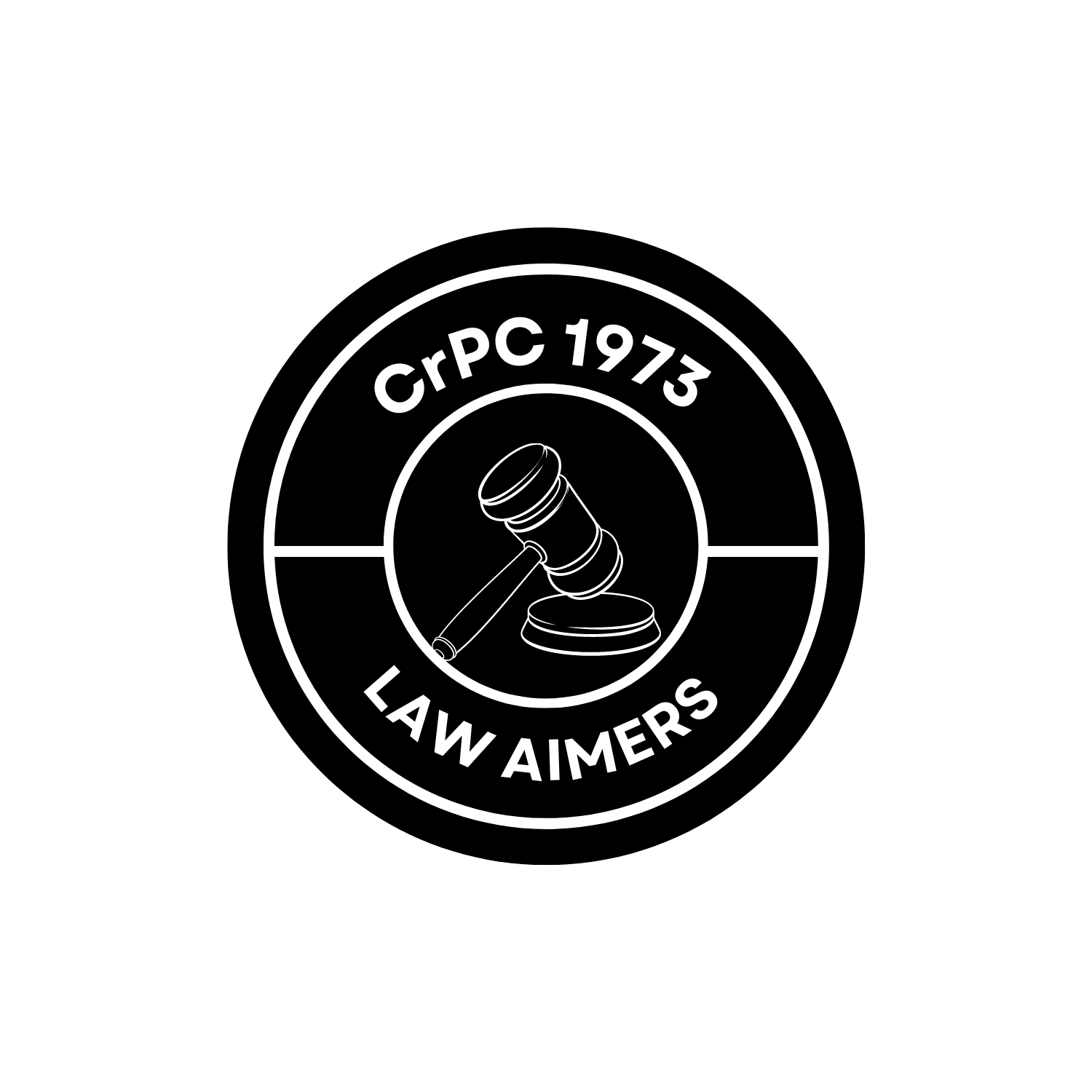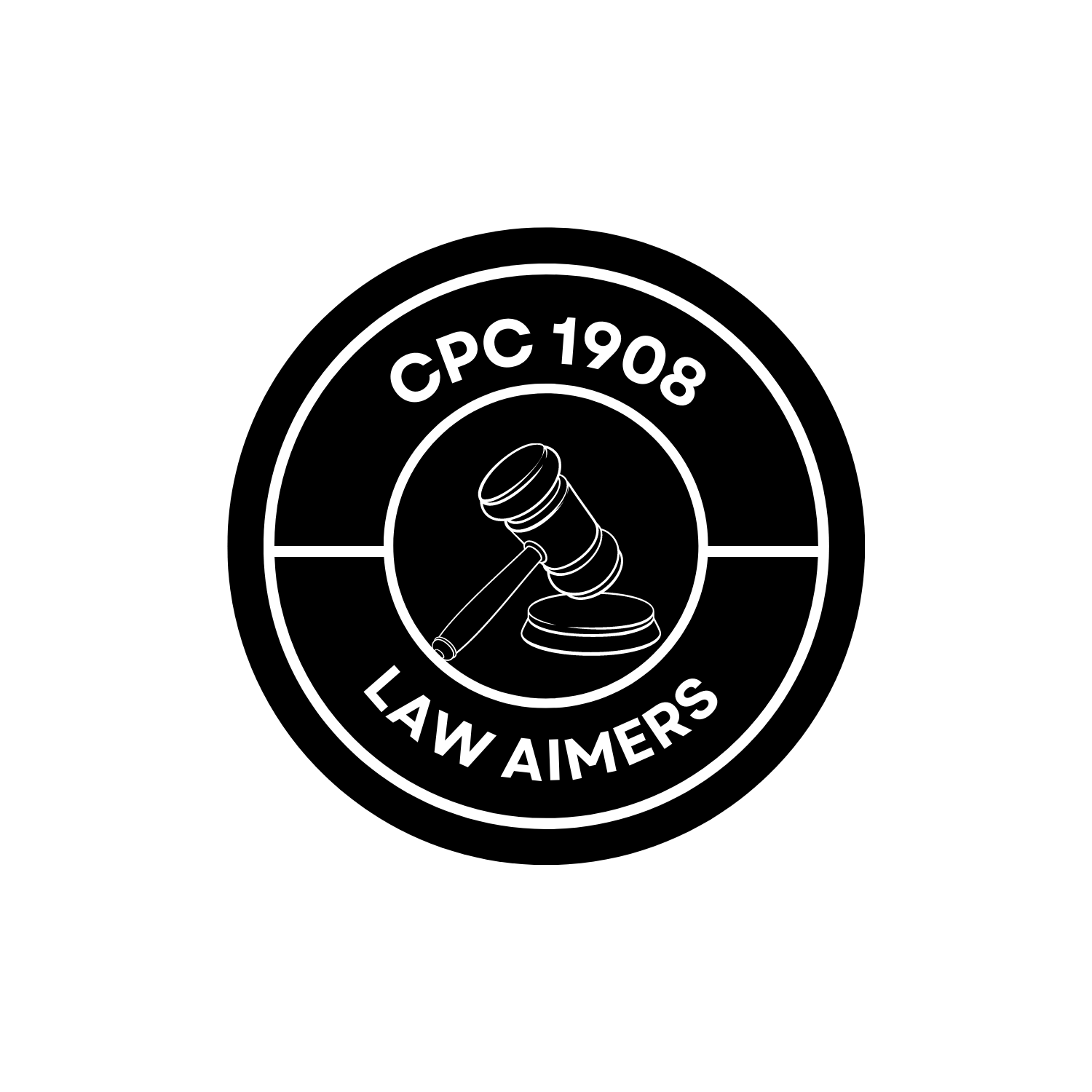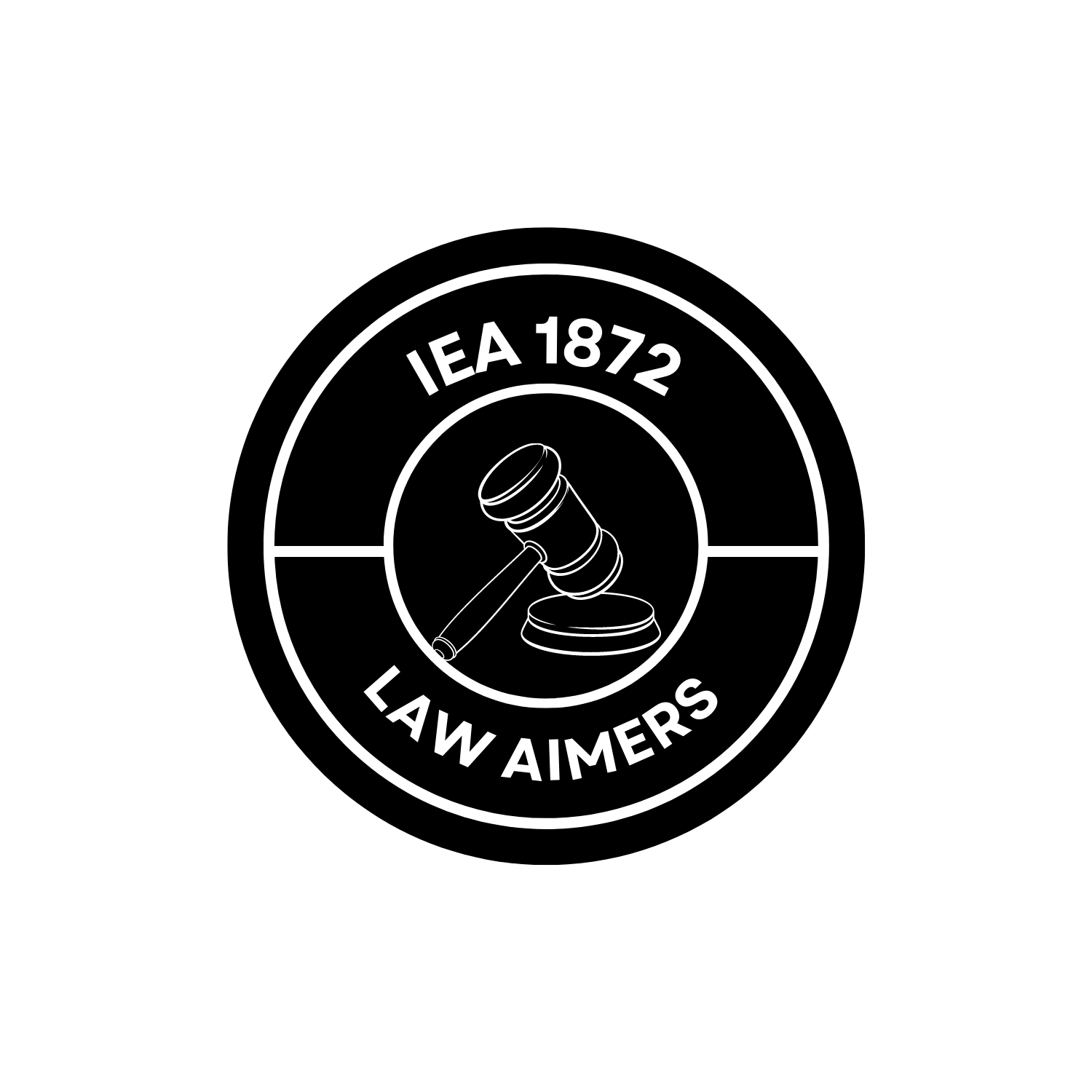The Debt Recovery Tribunal (DRT) in India follows a specific procedure for the adjudication and resolution of cases related to the recovery of debts due to banks and financial institutions.
Overview of the Procedure followed by the DRT
Filing of Application
The bank or financial institution that seeks to recover the debt files an application before the DRT. The application contains details of the outstanding debt, the borrower, and any collateral or security provided for the loan.
Issuance of Notice
The DRT examines the application and issues a notice to the borrower, informing them about the application and the date of the hearing. The notice is served to the borrower through appropriate means, such as registered post or personal service.
Written Statement and Counterclaim
The borrower has the opportunity to file a written statement in response to the application. They can present their side of the case, raise any defenses, and even file a counterclaim against the bank or financial institution if they have any valid claims against them.
Examination and Evidence
The DRT conducts hearings where both parties present their arguments and evidence supporting their respective claims. The DRT has the power to summon witnesses, examine them, and consider documents or other evidence relevant to the case.
Settlement Negotiations
The DRT may encourage the parties to explore settlement options. If the parties agree on a settlement, the DRT can record it as a consent decree, outlining the terms and conditions agreed upon.
Pronouncement of Order
After considering the arguments, evidence, and submissions made by both parties, the DRT pronounces its order. The order may include directions for the repayment of the debt, the enforcement of security interests, or any other relevant relief.
Execution and Recovery
If the borrower fails to comply with the DRT’s order, the bank or financial institution can initiate execution proceedings. This may involve attaching and selling the borrower’s assets to recover the outstanding debt.
Appeals
Parties aggrieved by the order of the DRT have the right to appeal to the Debt Recovery Appellate Tribunal (DRAT). The appeal must be filed within the prescribed time limit, and the DRAT reviews the case based on the records and submissions made before the DRT.
